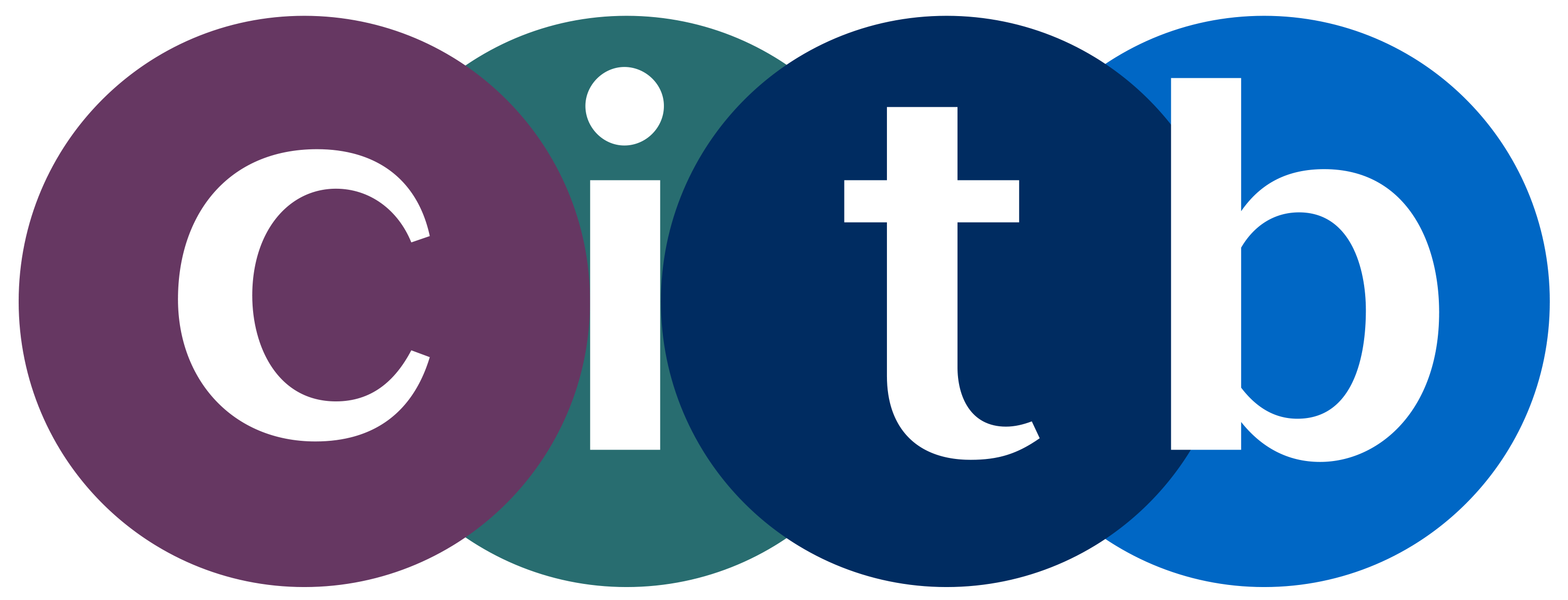Laser Scanning for Construction Surveying (3 DAYs)
3-DAY PRACTICAL COURSE:
- CITB Assured
- Eligible for levy grant funding
- Delivered by leading industry experts
This 3-day practical training standard teaches the principles and practices of laser scanning for use in construction-specific contexts and covers the practical elements, relevant theory, use of software and considerations when working in a public area.
Who the course is aimed at
The course is aimed at those who have a working knowledge of:
- 3D coordinate geometry
- Surveying and setting out principles
- 3D mapping and modelling software
If you do not have a working knowledge of these topics, you should first attend the 3-day practical course ‘Total Station for Construction’ and the 2-day ‘CAD For Site Engineers’ course.

Setting Out for Construction is an Approved Training Organisation.
Learning outcomes
By the end of the course, delegates will be able to:
- List the applications, advantages and limitations of laser scanning and describe scenarios where it can and cannot be used
- Explain the IT requirements and restrictions
- Describe types of laser scanner and their uses (e.g. hand-held, terrestrial, mobile, aerial)
- Describe the capabilities and limitations of different types of laser scanning targets including spheres and checkerboards
- List different methods for establishing control points and their suitability in different situations
- Explain the difference between registration points and control points
- Explain when to use the inclinometer and when not to
- Explain how laser scanning technology works
- Explain factors which need to be considered when scanning in a public area with people and traffic
- Describe the effect of light conditions on image quality
- List factors which affect scan quality and image quality
- Use scanning terminology correctly including identifying and naming the parts of the scanner
- Explain the relationship between surveying with an optical instrument, GNSS use and laser scanning
- Identify the purpose and required deliverables of the survey
- Plan a laser scan survey from start to finish considering scanning requirements, type of equipment, placement of equipment and control, permits, safety measures and road closures
- Validate existing control points and establish control points
- Plan the safe work area
- Identify and plan for visual obstructions
- Place the spheres and checkerboards correctly
- Plan the set-up positions considering target types, overlap and visual obstructions
- Set up the configuration/profile for each scan
- Place the laser scanner appropriately
- Transfer the raw data from the equipment to the computer and prepare for processing
- Transform scan data to point cloud
- Explain the different methods of registration (target based, cloud to cloud, mixed)
- Clean the scan data (remove people, cars etc)
- Carry out checks on the data to check the instrument conforms with the manufacturer’s specification
- Colourise the scan data
- Tie laser scan survey data in with drawings, local grid, previously created point clouds and existing features
- List the different file types used and explain how different file types interact
- Select the most suitable software based on the required deliverables and the capabilities and limitations of the different types of software available
- Superimpose a construction drawing onto scan data
- Convert the point cloud to 3D data for use in BIM
- Export a 3D visual tour which can be viewed by anyone
- Carry out measurements and compute volumes
Want us to keep in touch?